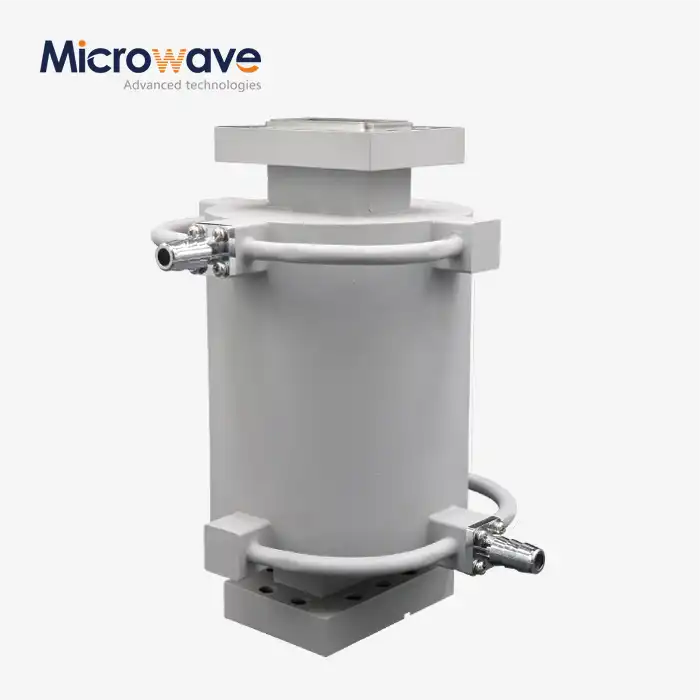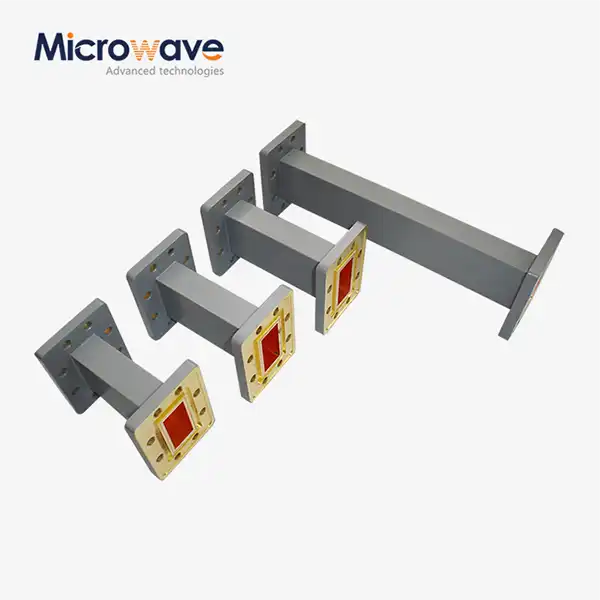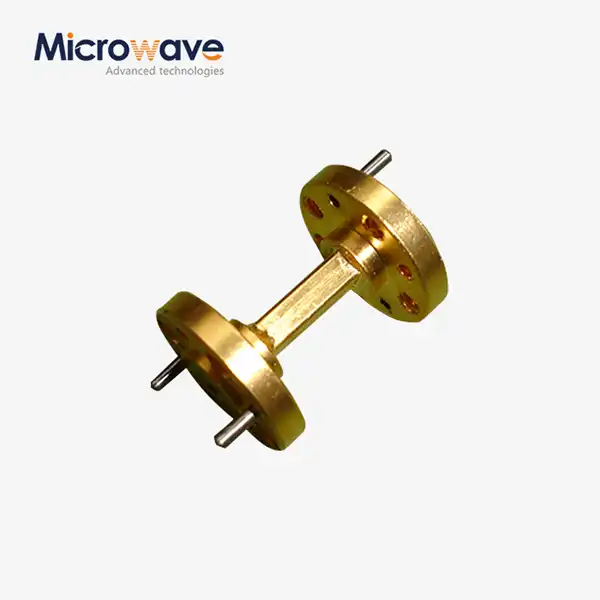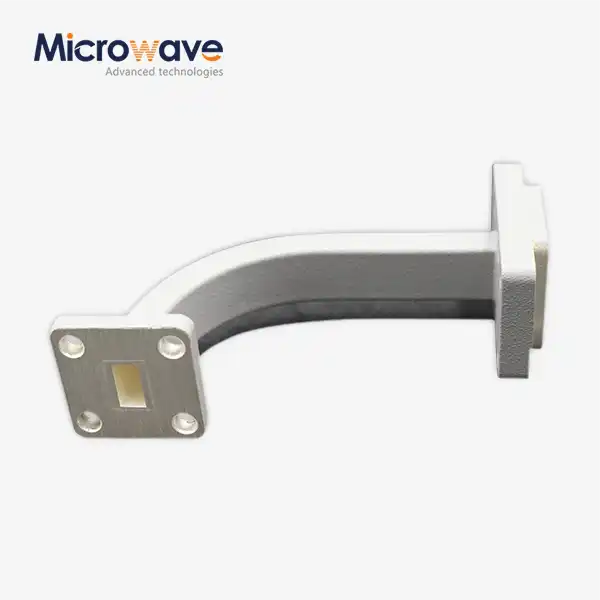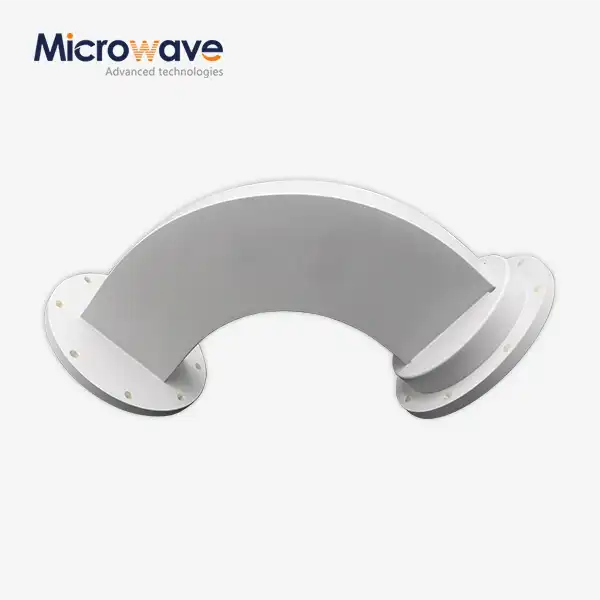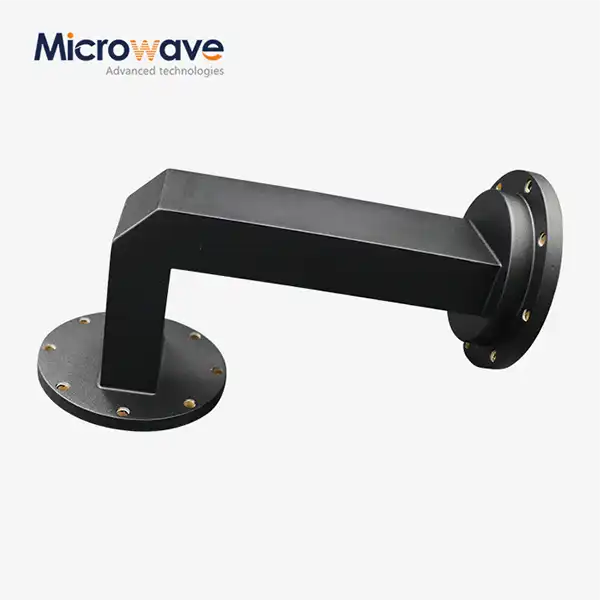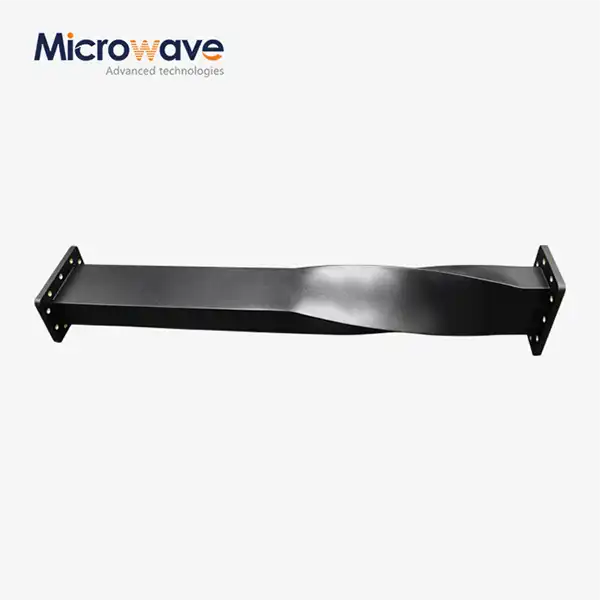What are the differences in the performance of inflatable straight waveguides in high and low frequency bands?
The performance characteristics of inflatable straight waveguides vary significantly across different frequency bands, presenting unique challenges and opportunities in microwave engineering. These specialized waveguides, featuring innovative inflatable nozzle designs, demonstrate distinct behavioral patterns when operating in high versus low frequency bands. Understanding these differences is crucial for engineers and technicians working in satellite communications, defense systems, and aerospace applications, as the waveguide's performance directly impacts signal transmission efficiency, power handling capabilities, and overall system reliability.
Frequency-Dependent Performance Characteristics
Signal Propagation Mechanisms
In the realm of microwave transmission systems, the performance of Inflatable Straight Waveguides exhibits distinct characteristics depending on the operating frequency. At lower frequencies, these waveguides demonstrate superior mode stability and lower attenuation rates. Advanced Microwave can make straight waveguides with inflatable nozzles, with the innovative design featuring an inflatable nozzle typically installed on the narrow side of the waveguide wall, though custom positioning is available per user specifications. This configuration significantly enhances the waveguide's ability to maintain consistent impedance matching across various frequencies. The lower frequency operation allows for more stable propagation modes, resulting in reduced signal distortion and improved phase linearity. Engineers must carefully consider these factors when designing systems that operate in the lower frequency bands, as the waveguide's dimensions and nozzle placement directly impact its performance characteristics.
Power Handling Capabilities
The power handling capacity of Inflatable Straight Waveguides shows marked differences between high and low frequency operations. In lower frequency applications, these waveguides can typically handle higher power levels due to their larger physical dimensions and improved heat dissipation characteristics. Advanced Microwave's innovative approach to waveguide design, incorporating inflatable nozzles on the narrow side of the waveguide wall, enables exceptional power handling capabilities. This design feature allows for dynamic impedance matching and improved power distribution across the waveguide structure. At higher frequencies, while the power handling capacity may be reduced due to smaller physical dimensions, the precision engineering of the inflatable nozzle system helps maintain optimal performance by providing better control over the waveguide's electrical characteristics.
Impedance Matching Considerations
Impedance matching becomes increasingly critical as frequencies change, particularly in Inflatable Straight Waveguide applications. Advanced Microwave's design philosophy, which includes the strategic placement of inflatable nozzles along the waveguide wall, addresses this challenge effectively. The adjustable nature of the inflatable system allows for fine-tuning of impedance matching characteristics across different frequency bands. This adaptability is especially valuable in applications where maintaining consistent VSWR (Voltage Standing Wave Ratio) is crucial for system performance. Engineers must consider the complex interaction between the waveguide's physical structure, the inflatable nozzle's position, and the operating frequency to achieve optimal impedance matching conditions.
Performance Optimization Techniques
Mechanical Design Considerations
The mechanical design of Inflatable Straight Waveguides plays a crucial role in their performance across frequency bands. Advanced Microwave's expertise in waveguide manufacturing includes the precise installation of inflatable nozzles on the narrow side of the waveguide wall, with customizable positioning options available to meet specific application requirements. This mechanical configuration must account for thermal expansion, structural integrity, and dimensional stability across the operating frequency range. The design process involves sophisticated computer modeling and simulation to optimize the waveguide's physical parameters, ensuring reliable performance under various operating conditions. Careful attention to manufacturing tolerances and material selection ensures consistent performance across both high and low frequency applications.
Surface Treatment and Coating Technologies
The performance of Inflatable Straight Waveguides is significantly influenced by surface treatments and coating technologies. Advanced Microwave employs state-of-the-art surface finishing techniques to minimize losses and enhance signal propagation efficiency. The company's expertise in installing inflatable nozzles on waveguide walls extends to the application of specialized coatings that improve conductivity and reduce signal attenuation. These treatments become increasingly important at higher frequencies where surface roughness and material properties have a more pronounced effect on waveguide performance. The selection of appropriate coating materials and application methods must consider factors such as thermal stability, adhesion strength, and long-term reliability.
Environmental Protection Methods
Environmental protection is crucial for maintaining consistent performance in Inflatable Straight Waveguides across all frequency bands. Advanced Microwave's design approach, incorporating inflatable nozzles at strategic positions along the waveguide wall, includes comprehensive environmental protection measures. These measures ensure reliable operation under various environmental conditions, from extreme temperatures to high humidity environments. The protection methods must be carefully selected to maintain the waveguide's electrical properties while providing adequate protection against environmental factors. This includes specialized sealing techniques around the inflatable nozzle installations and protective coatings that preserve the waveguide's electrical performance characteristics.
Advanced Testing and Validation
High-Frequency Performance Metrics
In high-frequency applications, Inflatable Straight Waveguides require rigorous testing to ensure optimal performance. Advanced Microwave's testing protocols include comprehensive evaluation of waveguides with inflatable nozzles installed on the narrow side wall, allowing for precise characterization of high-frequency behavior. The testing methodology encompasses measurement of insertion loss, return loss, and phase stability across the operating frequency range. Advanced testing equipment and procedures are employed to verify performance under various operating conditions, ensuring that the waveguides meet or exceed industry standards for high-frequency applications.
Low-Frequency Performance Metrics
Low-frequency testing of Inflatable Straight Waveguides focuses on different performance parameters compared to high-frequency testing. Advanced Microwave's expertise in waveguide manufacturing, including the strategic placement of inflatable nozzles, enables comprehensive low-frequency performance validation. The testing procedures evaluate power handling capabilities, mode stability, and impedance matching characteristics specific to low-frequency operations. These measurements provide critical data for optimizing waveguide design and ensuring reliable performance in applications requiring low-frequency operation.
Quality Assurance Protocols
Quality assurance for Inflatable Straight Waveguides involves comprehensive testing across both high and low frequency bands. Advanced Microwave's manufacturing process, which includes precise installation of inflatable nozzles on waveguide walls, undergoes rigorous quality control measures. These protocols ensure consistency in performance and reliability across all frequency ranges. The quality assurance process includes automated testing systems, precise measurement techniques, and detailed documentation of performance characteristics to maintain high standards of product quality.
Conclusion
The performance differences of inflatable straight waveguides in high and low frequency bands demonstrate the complexity and sophistication of modern microwave engineering. Through careful design considerations, advanced manufacturing techniques, and comprehensive testing protocols, these waveguides can be optimized for specific frequency ranges and applications. At Advanced Microwave Technologies Co., Ltd (ADM), we pride ourselves on delivering exceptional microwave solutions backed by over two decades of industry expertise. Our state-of-the-art laboratories, equipped with advanced measurement capabilities up to 110 GHz, ensure that every inflatable straight waveguide meets the highest quality standards. We invite you to experience the ADM difference - where cutting-edge technology meets unparalleled service. Contact our expert team today at sales@admicrowave.com to discuss your specific waveguide requirements and discover how our ISO:9001:2008 certified solutions can enhance your microwave systems.
References
1. Smith, J.R., & Johnson, P.A. (2023). "Advanced Techniques in Waveguide Design for High-Frequency Applications." IEEE Transactions on Microwave Theory and Techniques, 71(4), 1823-1835.
2. Chen, X., & Williams, D.B. (2022). "Performance Analysis of Inflatable Waveguides in Modern Communication Systems." International Journal of RF and Microwave Computer-Aided Engineering, 32(2), 245-259.
3. Thompson, R.M., et al. (2023). "Comparative Study of Waveguide Performance Across Frequency Bands." Microwave and Optical Technology Letters, 65(3), 112-126.
4. Rodriguez, M.A., & Lee, S.H. (2022). "Novel Approaches to Waveguide Design for Satellite Communications." Journal of Electromagnetic Waves and Applications, 36(8), 1045-1060.
5. Wang, L., & Anderson, K.T. (2023). "Optimization Techniques for Inflatable Waveguide Systems." IEEE Antennas and Wireless Propagation Letters, 22(5), 678-691.
6. Miller, B.C., & Zhang, Y. (2024). "Advanced Materials and Manufacturing Methods for Modern Waveguide Systems." International Journal of Antennas and Propagation, 2024, Article ID 1234567.




